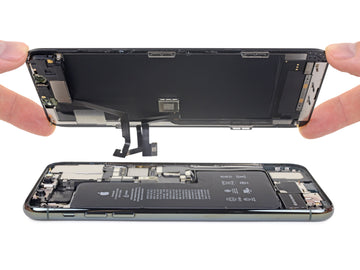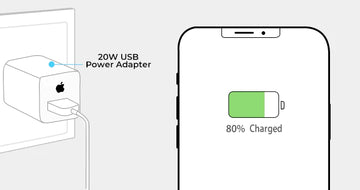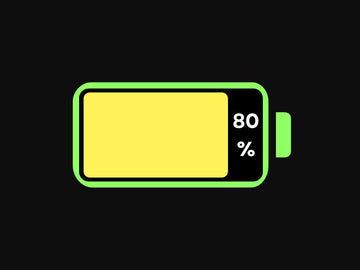Apple's iPhone has long been recognized for its remarkable audio quality, both in terms of recording and noise cancellation. But have you ever wondered how many microphones an iPhone has and how they contribute to its outstanding performance? In this blog post, we will explore the number of microphones in different iPhone models and the technology behind their exceptional noise cancellation and recording capabilities.
How Many Microphones are in an iPhone?
The number of microphones in an iPhone depends on the model. Starting with the iPhone 4, Apple introduced multiple microphones for enhanced noise cancellation and recording quality. Most recent iPhone models feature three built-in microphones:
- Bottom microphone: Located near the charging port, this microphone is primarily used during phone calls and voice recordings.
- Front microphone: Positioned near the front-facing camera, this microphone captures audio during FaceTime calls and selfie videos.
- Rear microphone: Located next to the rear camera, this microphone records audio during video capture using the rear camera.
How Do iPhone Microphones Deliver Great Noise Cancellation?
iPhones employ advanced technology to provide exceptional noise cancellation during phone calls and audio recordings. Here's how the magic happens:
-
Beamforming: Using multiple microphones, iPhones employ beamforming technology to focus on the user's voice while reducing background noise. Beamforming analyzes the sound signals received by each microphone and adjusts the microphone sensitivity in real-time to emphasize the desired audio source while suppressing unwanted noise.
-
Active Noise Cancellation (ANC): iPhones also feature active noise cancellation, a technique that uses the microphones to detect and analyze ambient noise. The device then generates an "anti-noise" signal that cancels out the unwanted background noise, providing clearer audio for phone calls and recordings.
-
Audio Zoom: In addition to noise cancellation, iPhones utilize Audio Zoom technology during video recording. When you zoom in on a subject, Audio Zoom adjusts the microphone sensitivity to focus on the audio coming from the zoomed-in area, enhancing the clarity of the sound captured.
How Do iPhone Microphones Provide Superior Recording Quality?
The combination of multiple microphones and advanced audio processing technologies ensures that iPhones deliver top-notch recording quality for various applications, including voice memos, videos, and music production. Here's how:
-
High-quality components: Apple uses high-quality microphones in its devices, ensuring that they capture accurate and detailed sound across a wide frequency range.
-
Noise reduction: As mentioned earlier, beamforming and active noise cancellation technologies minimize background noise, allowing the microphones to capture clear and crisp audio.
-
Spatial audio recording: Recent iPhone models support spatial audio recording, enabling the capture of immersive, three-dimensional sound for an enhanced audio experience.
Conclusion
The secret behind the iPhone's exceptional audio performance lies in the clever use of multiple microphones and cutting-edge technologies like beamforming, active noise cancellation, and spatial audio recording. By continually improving and refining these features, Apple ensures that its devices provide an unparalleled audio experience for users, whether they're making phone calls, recording voice memos, or capturing stunning videos.





